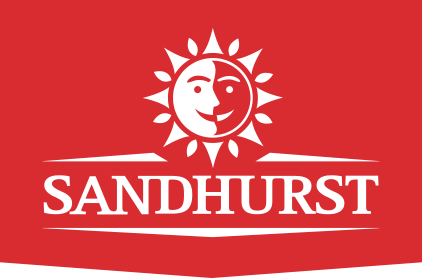
The new model of foodservice has arrived. Foodservice wholesalers are devastated by the recent lockdown laws. We all understand that this is something we’d never have imagined. The foodservice industry is facing is biggest challenge yet. While take-aways are still allowed these are predicated on having a market that can afford take-away. News of job losses and stand-downs daily as well as working from home means we are limiting our travel – and limiting our foodservice spend.
There are 3 distinct models adopted by the foodservice distributor – I’ve listed them in order of importance and relevance – they each have their advantages and disadvantages:
- Open the Doors – we’re open for business! – it’s basically a factory outlet. Pile the stock high – accept cash, credit card. Stock is placed on pallets and sold in bulk containers – the idea is for people to flock in and pickup what they need. Hours are inflexible as people like to shop in afternoons and on weekends (when they are closed) and it’s probably riskier than online as you are encouraging people to interact with each other and therefore a higher risk of spreading (or getting) the virus. Local Councils may come down on this for various reasons but they are the closest thing to replicating what we normally classify as ‘grocery shopping’. Target Market – Large Families, Ethnic Groups, Bargain Hunters, Adventurous Shoppers looking for a wholesale experience.
- Online Delivery of what we’ve got – the website becomes a B2C site and products are scaled down for retail customers. There has to be a minimum delivery charge – $150 seems logical considering our shop at Woolies comes to approximately that figure when you start including meat, cleaning products etc, It’s a bit daunting at first but some of the best ones have nice pictures and well known brands. Also in this category is click and pick – select your grocery and perishables and collect from our handy warehouse in Kimbuktu Industrial Park – only 89km from your door! (Sorry you can only collect between 8.15 and 8.17 am every other Tuesday) Target Market – Anyone with a heap of time on their hands and those that can accept bulk sizes to share with neighbours and relatives.
- Pick a Box – Frozen, Fresh and Dry Grocery Boxes ranging from $100 to $150. Delivered to your door by a foodservice wholesaler truck – similar to the meal kit providers but it’s a bit like getting IKEA to deliver a piece of wood and some nails to your door so you can make a table. The pricing is very competitive but it reminds me of the old Kellogs Variety Packs where I used to try and make my brother eat the All-Bran whilst I scoffed the Coco-Pops. Target Market – Time poor consumers and those that can actually work with the base product to make a meal out of it – requires cooking skills and would probably benefit from some recipe ideas. The average delivered meal box from the well known advertisers is around $150 and provides at least 10-15 meals – these ones from foodservice land are far bigger so they are great value!
Overall Summary: The market is constantly changing. Foodservice changes have affected the entire population. If consumers are looking to save money and take advantage of the rising cost of groceries – these new outlets are perfect for creating some much-needed competition to the major supermarkets given the amount of trade they have created over the past weeks. It makes sense for us to order toilet paper and hand sanitizer online and we can save some good dollars by doing so. Well done to all the foodservice wholesalers for ‘having a go’ and you can do your part by spending your money with a local family business. I just hope that these new models are sustainable and they manage to capture some consumer data so they can scale and target offers. If you need to find a local outlet – just ask me – I’d be glad to help!
